| T O P I C R E V I E W |
| loongfah |
Posted - 11/12/2016 : 20:08:55
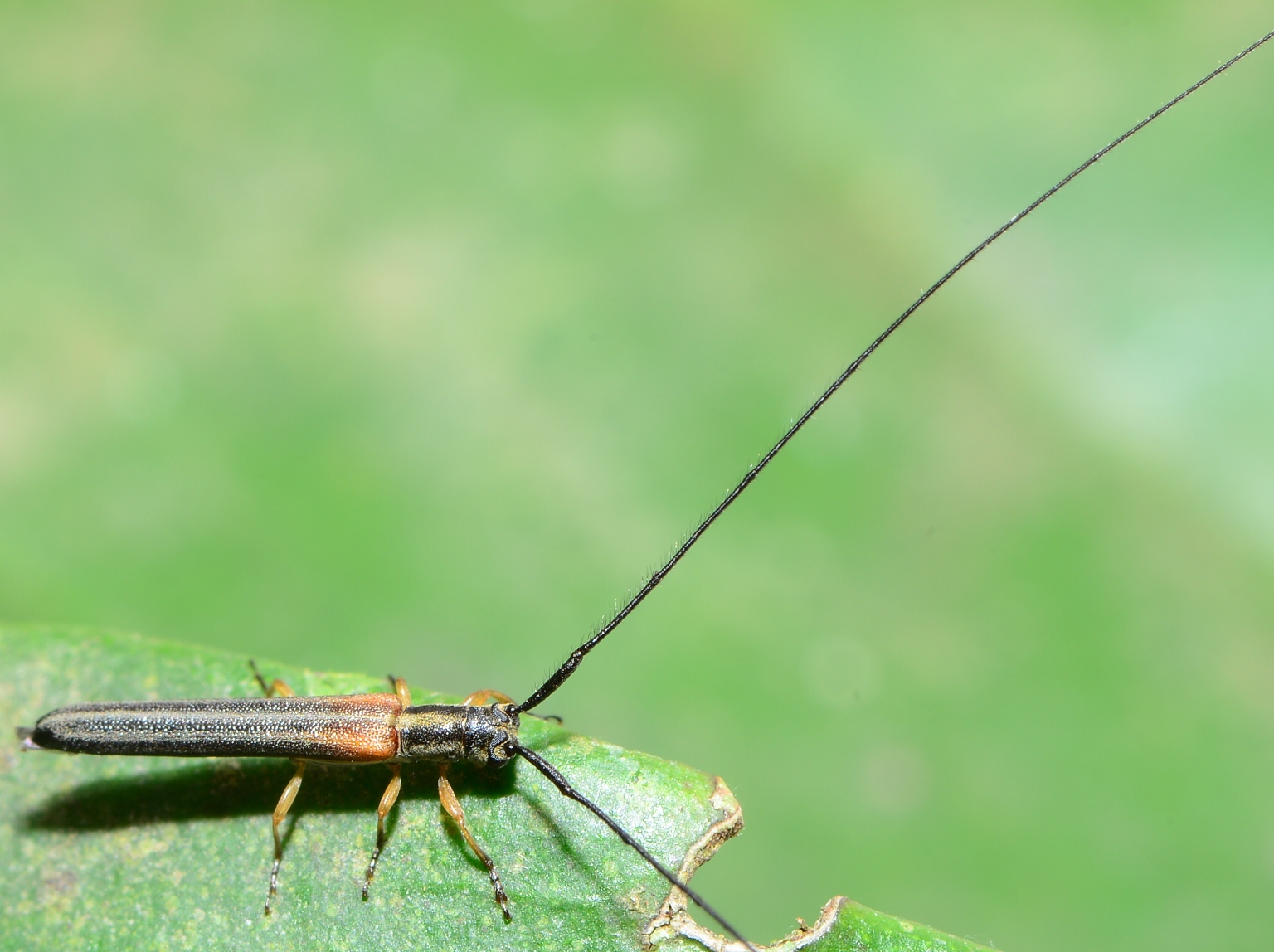
510.04 KB
Malaysia: Perak
Very long antenna without white.
Agapanthiini sp.? Not sure what genus. |
| 15 L A T E S T R E P L I E S (Newest First) |
| Xavier |
Posted - 15/01/2017 : 14:06:56
No conclusion for me too.
A serious revision of both genus is necessary. |
| Beckey |
Posted - 15/01/2017 : 13:31:17
What you say may be true, but now I can't draw a conclusion.

71.94 KB |
| Xavier |
Posted - 12/01/2017 : 13:07:46
Yes, that's what I understand. |
| Beckey |
Posted - 12/01/2017 : 12:47:24
Do you mean like this?
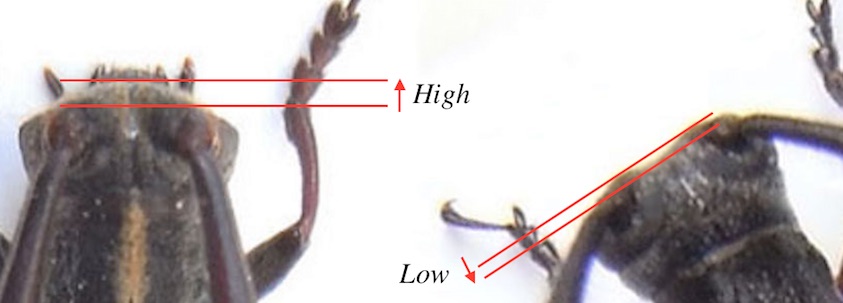
52.61 KB |
| Xavier |
Posted - 09/01/2017 : 13:29:11
Hi Shinichi,
I think your specimen belongs to Elongatopothyne genus because of length of antennomera 3 and 4(very long), and shape of tuber of antenna ( high ). |
| Beckey |
Posted - 09/01/2017 : 13:19:46
Head and frons of my specimens ( I don't have Elongatopothyne ).
I can't find how to distinguish these genera, but my Malaysian one resembles loongfah's one.

112.46#160;KB |
| Xavier |
Posted - 09/01/2017 : 10:51:23
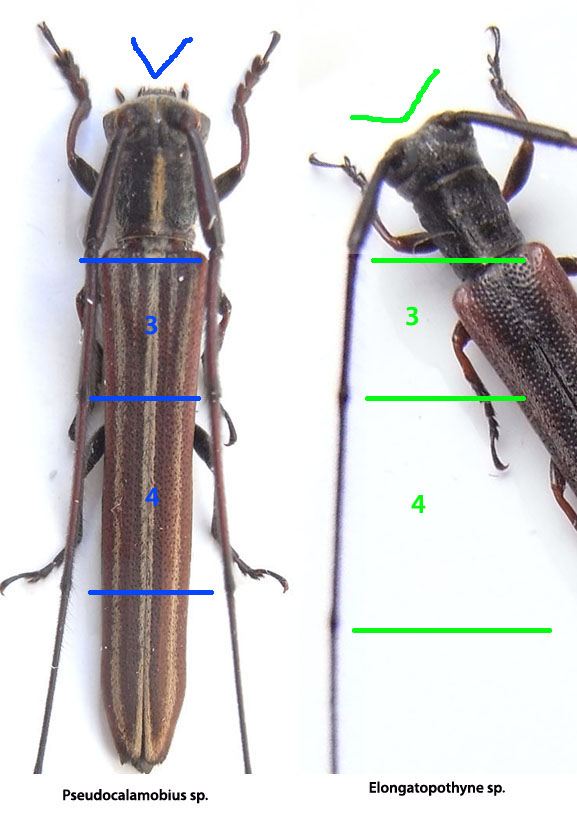
100.18 KB
For me, the feature of length of antennomera 3 & 4 works very well .
There is another feature to look ( V signs on picture) :
Tuber of antenna low -> Elongatopothyne
Tuber of antenna very high -> Pseudocalamobius |
| loongfah |
Posted - 09/01/2017 : 03:13:33
The frons of my specimen does not seem to narrow significantly, thus it seems to point to Elongatopothyne:
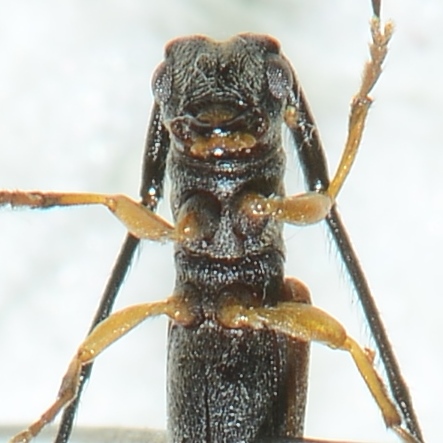
122.92 KB |
| Beckey |
Posted - 09/01/2017 : 00:36:36
Thank you, Xavier.
According to these image, the antennomere ratio of 3rd/4th is as below.
loongfah:0.74
Beckey:0.63
Xavier left:0.71
Xavier right:0.61
Wow..., the key doesn't function well. Then, I checked Breuning's Laos fauna.
Front non ou peu r#233;tr#233;ci vers le dessous... Elongatopothyne
Front tr#232;s sensiblement r#233;tr#233;ci vers le dessous ... Pseudocalamobius
As a result, we should check frons. |
| Xavier |
Posted - 08/01/2017 : 16:18:46

90.57 KB
Pseudocalamobius discolineatus Pic, 1927 & Elongatopothyne basirufipennis Breuning, 1963 from Laos. |
| Xavier |
Posted - 08/01/2017 : 15:56:21
In Breuning's Laos fauna (1970)
. 3rd antennomera much shorter than 4th ...Elongatopothyne
. 3rd antennomera shorter than 4th ...Pseudocalamobius |
| Beckey |
Posted - 08/01/2017 : 15:44:15
Hi loongfah,
I caught the beetle that seems to same genus as yours at Selangor.
I didn't recognized the genus Elomgatopothyne until I read this topic.
What is different between Elomgatopothyne and Pseudocalamobius?

102.92 KB |
| Xavier |
Posted - 08/01/2017 : 09:47:53
Quite similar to holotype picture of Elongatopothyne basirufipennis Breuning, 1963 |
| loongfah |
Posted - 08/01/2017 : 06:52:21
Thank you Shinichi for your suggestion! Isn't that the first Pseudocalamobius in Peninsular Malaysia region or you have collected them in Malaysia too?
Attached the bottom view and view of the fron. It seems that there are no concavities fringed with hairs at the base of 4th and 5th abdominal sternites (perhaps a female?), and is the fron vertical enough?
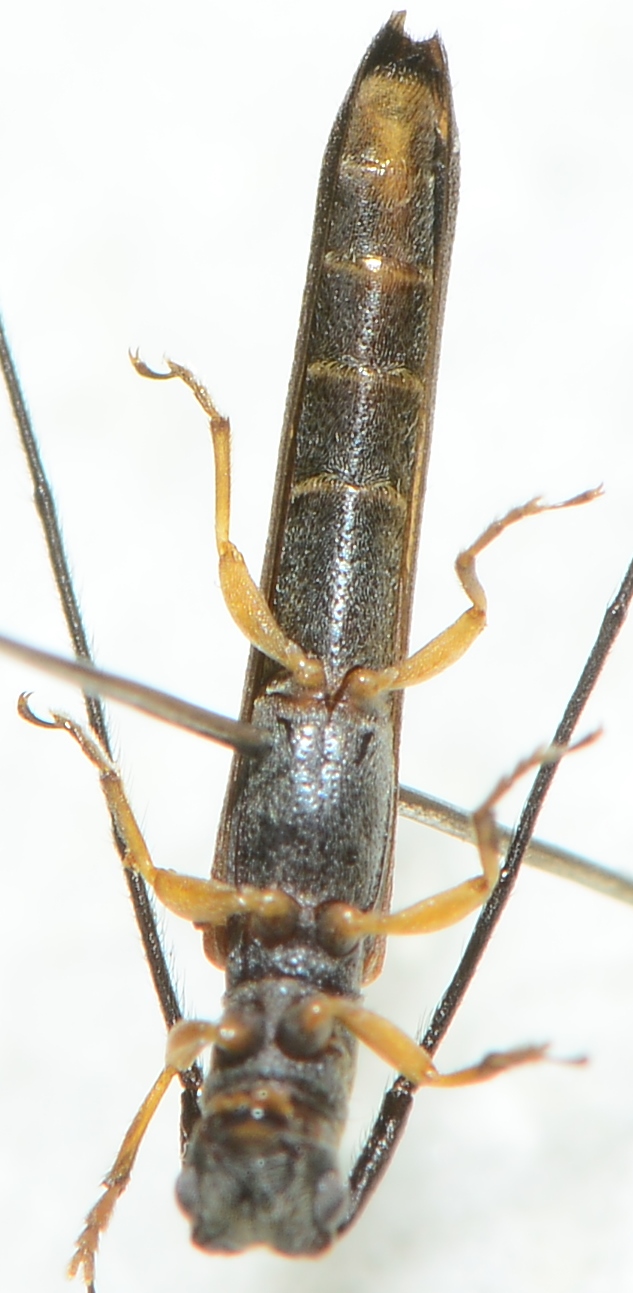
283.57 KB
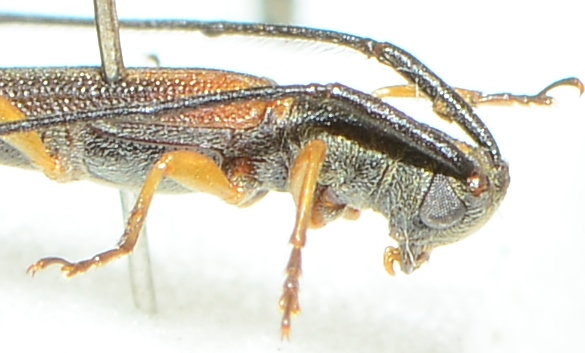
135.88 KB |
| Beckey |
Posted - 07/01/2017 : 23:24:03
Pseudocalamobius sp. |


